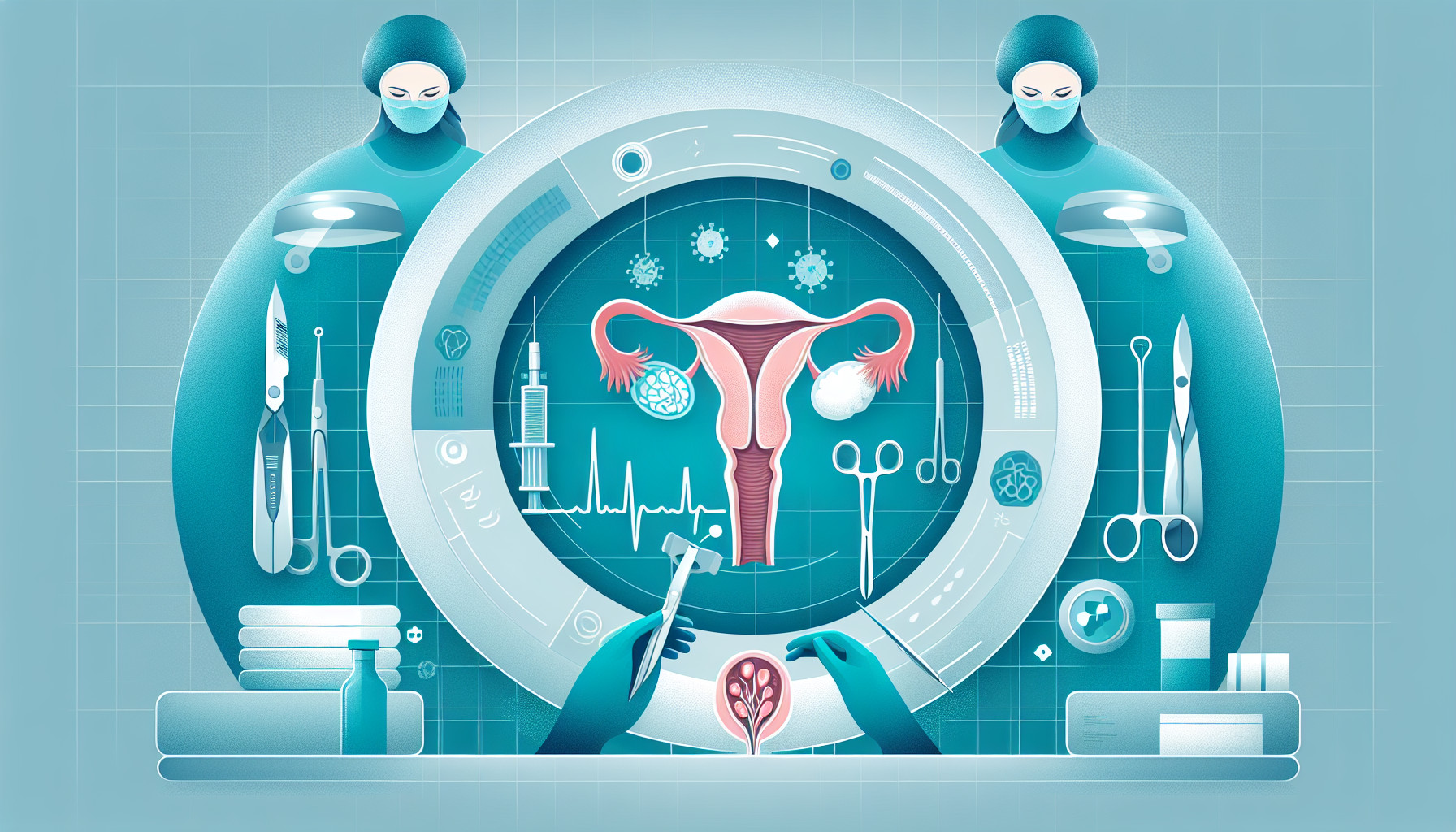Our Summary
This research paper is a thorough review of currently available literature on the diagnosis, evaluation, and treatment of endometriomas, a common symptom of endometriosis. Endometriomas are cysts that form on the ovaries, causing pain and potentially affecting fertility.
The researchers reviewed 56 articles, paying particular attention to topics such as: how endometriomas are diagnosed, how their size affects treatment options, how surgical techniques are used in treatment, the success rates of in vitro fertilization (IVF) when endometriomas are present, the risk of the cysts rupturing during egg retrieval for IVF, and how surgery affects the number of antral follicles (small structures in the ovaries that can develop into mature eggs) and the success of embryo implantation.
The review found that the medical community generally agrees on certain points, such as using imaging to diagnose endometriomas, preferring excision (removal) over desiccation (drying out) for endometriomas larger than 3 cm that are causing pain or fertility issues, minimizing the use of bipolar energy during ovarian surgery, and acknowledging the risk of serious infection if a cyst accidentally bursts during egg retrieval.
However, there is less agreement on other points, such as when surgery should be performed and how it interacts with assisted reproductive technology like IVF. The researchers suggest that endometriomas larger than 5 cm should be removed before using assisted reproductive technology, and also propose that surgery might increase the number of antral follicles and improve the success rate of embryo implantation.
From this extensive review, the researchers developed a user-friendly algorithm for healthcare providers to use when treating patients with endometriosis and endometriomas. This could help improve both short-term and long-term treatment outcomes for these patients.
FAQs
- How are endometriomas diagnosed and treated according to the reviewed literature?
- How do endometriomas affect in vitro fertilization and what are the risks during egg retrieval?
- What are the researchers’ recommendations for when surgery should be performed and how it intersects with assisted reproductive technology like IVF?
Doctor’s Tip
One helpful tip a doctor might tell a patient about ovarian cyst removal is to follow post-operative care instructions carefully. This may include taking prescribed pain medication, avoiding strenuous activity, and watching for signs of infection such as fever or increased pain. It is also important to attend follow-up appointments to monitor healing and ensure that the cyst does not reoccur. By following these instructions, patients can help ensure a successful recovery and minimize the risk of complications.
Suitable For
Patients who are typically recommended ovarian cyst removal include those with endometriomas larger than 3 cm that are causing pain or fertility issues, as well as those with endometriomas larger than 5 cm who are considering assisted reproductive technology like IVF. Additionally, patients who are at risk for serious infection if the cyst ruptures during egg retrieval for IVF may also be recommended for ovarian cyst removal. Overall, the decision to recommend ovarian cyst removal should be made on a case-by-case basis, taking into consideration the individual patient’s symptoms, fertility goals, and overall health.
Timeline
Before ovarian cyst removal, a patient may experience symptoms such as pelvic pain, bloating, irregular menstrual cycles, painful periods, and difficulty getting pregnant. They may undergo imaging tests such as ultrasound or MRI to diagnose the cyst and determine its size and location.
After the decision is made to remove the ovarian cyst, the patient will undergo surgery, either laparoscopic or open, to remove the cyst. The type of surgery will depend on the size of the cyst and the patient’s overall health. After surgery, the patient may experience some pain and discomfort, but this should improve over time.
Following cyst removal, the patient may experience relief from their symptoms, such as pelvic pain and bloating. If the cyst was affecting fertility, the patient may see an improvement in their chances of getting pregnant. It is important for the patient to follow their doctor’s post-operative instructions, including taking any prescribed medications and attending follow-up appointments.
Overall, ovarian cyst removal can help improve a patient’s quality of life and potentially increase their chances of conceiving if fertility was affected by the cyst.
What to Ask Your Doctor
Some questions a patient should ask their doctor about ovarian cyst removal include:
- What type of ovarian cyst do I have, and what are the potential risks associated with it?
- What are the treatment options for my ovarian cyst, and why do you recommend removal?
- What is the size of my ovarian cyst, and how does that impact the treatment approach?
- What are the potential complications of ovarian cyst removal surgery?
- How will the surgery affect my fertility, and are there any risks to my reproductive health?
- How soon after the surgery can I resume normal activities, and what is the expected recovery time?
- Will I need any additional treatments or follow-up appointments after the surgery?
- What are the chances of the cyst recurring after removal, and how can I prevent it?
- Are there any lifestyle changes or medications I should consider to reduce the risk of developing ovarian cysts in the future?
- Can you explain the surgical technique that will be used for the removal of my ovarian cyst, and are there any alternative approaches available?
By asking these questions, patients can better understand their condition, treatment options, and potential outcomes of ovarian cyst removal surgery.
Reference
Authors: Miller CE. Journal: J Minim Invasive Gynecol. 2021 Mar;28(3):575-586. doi: 10.1016/j.jmig.2020.11.020. Epub 2020 Nov 26. PMID: 33249267
